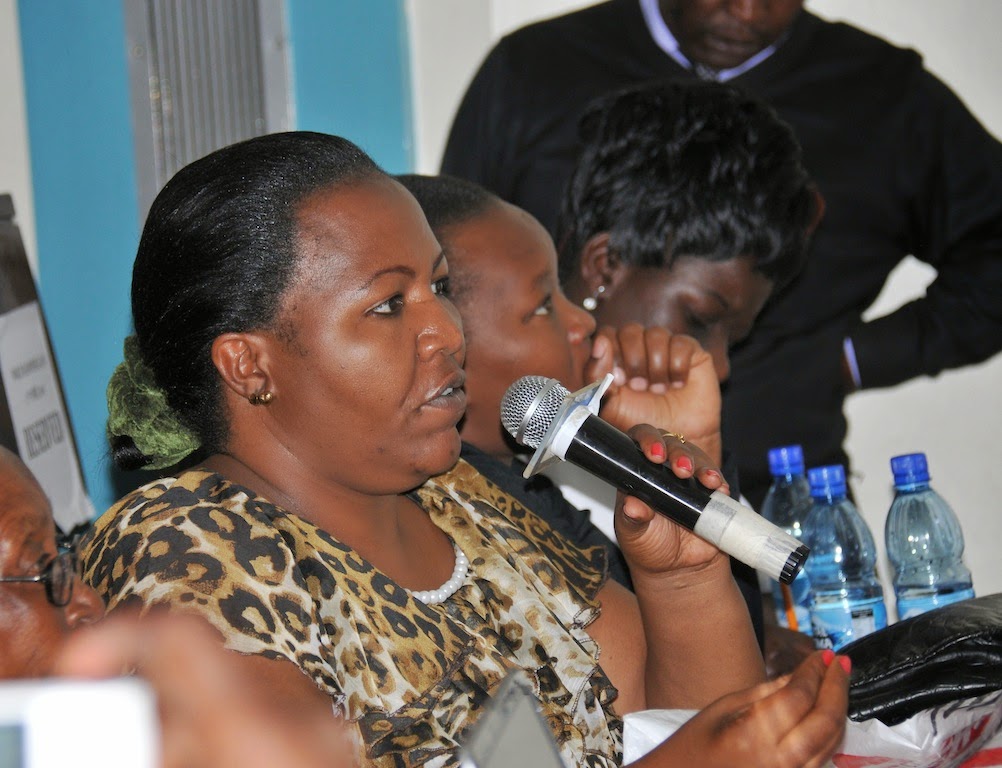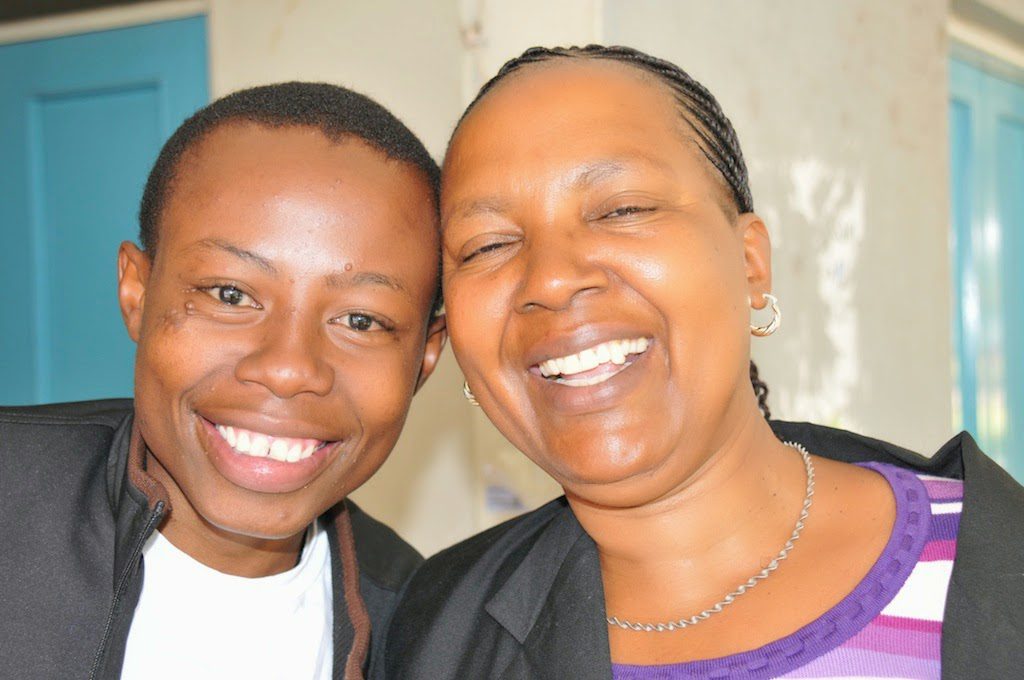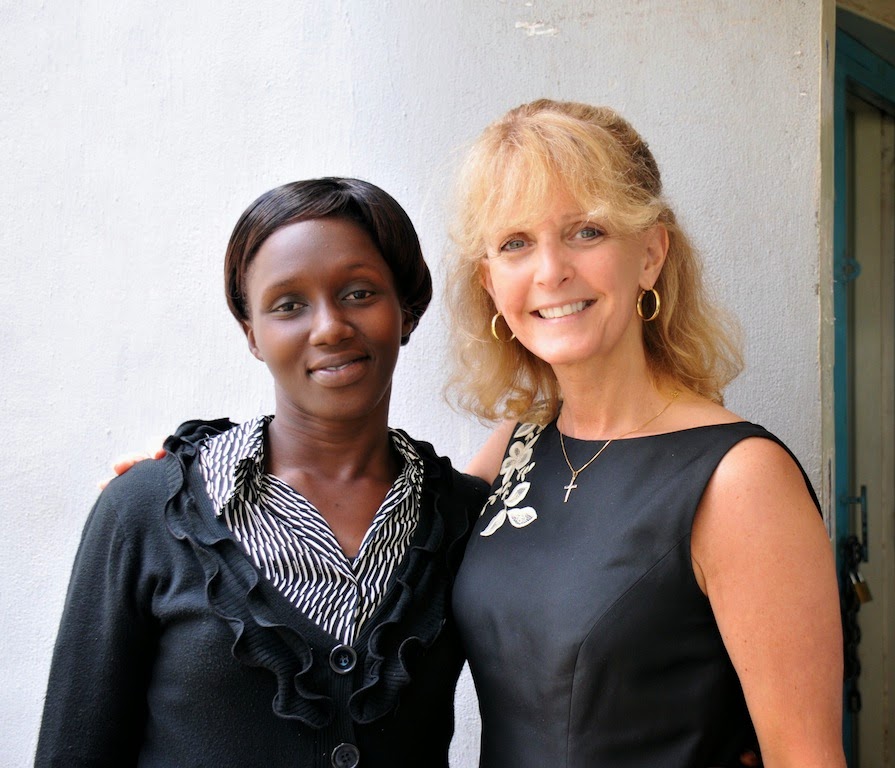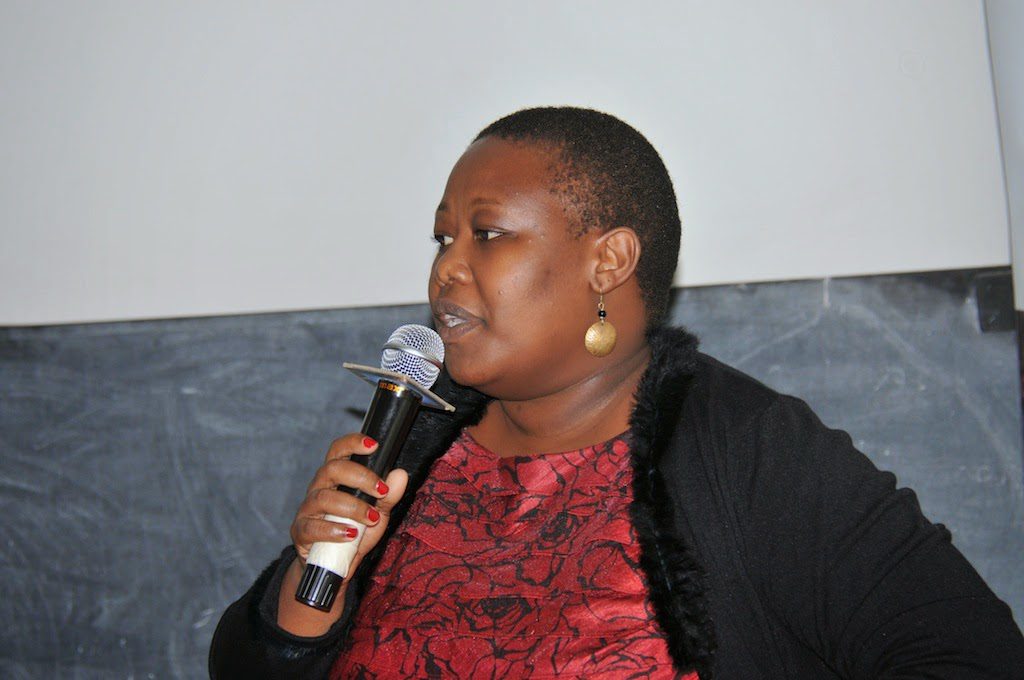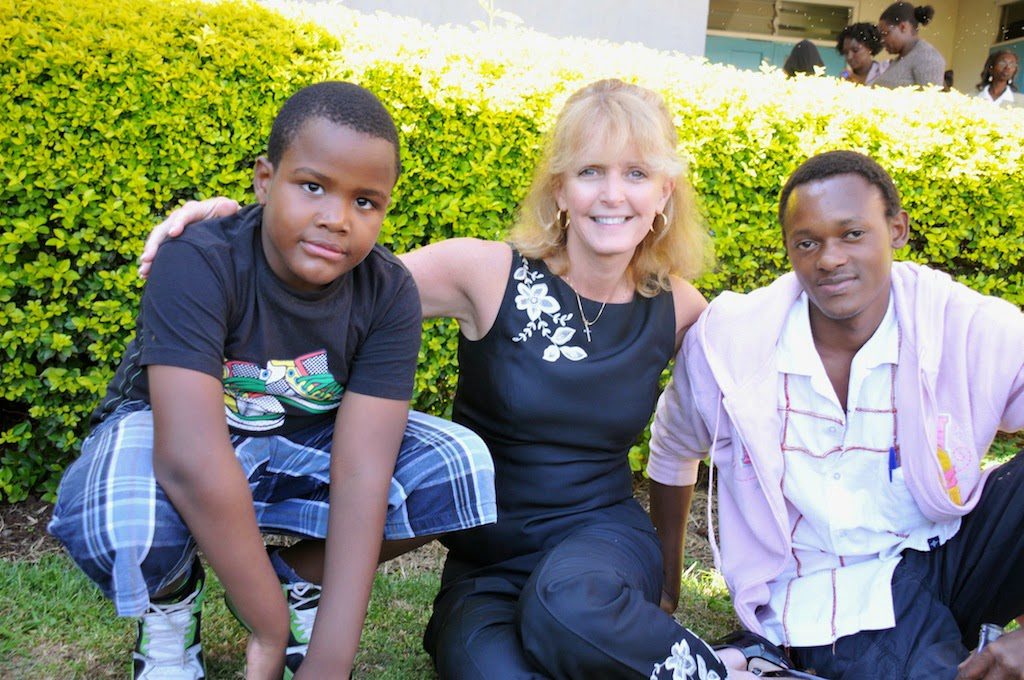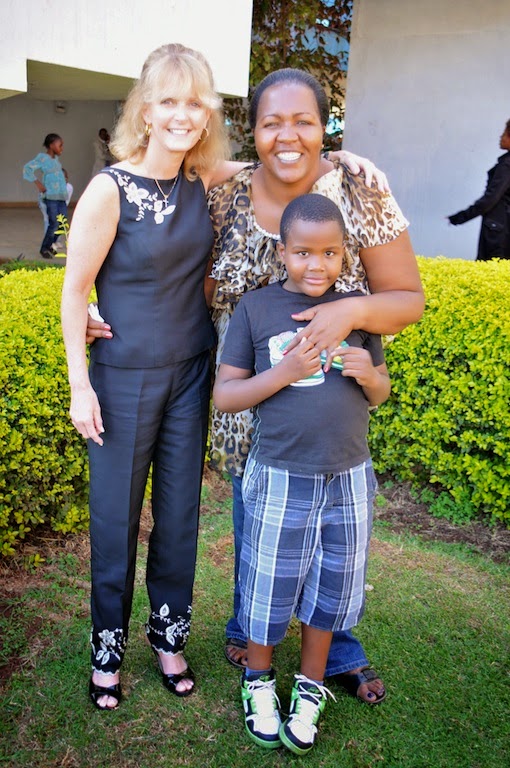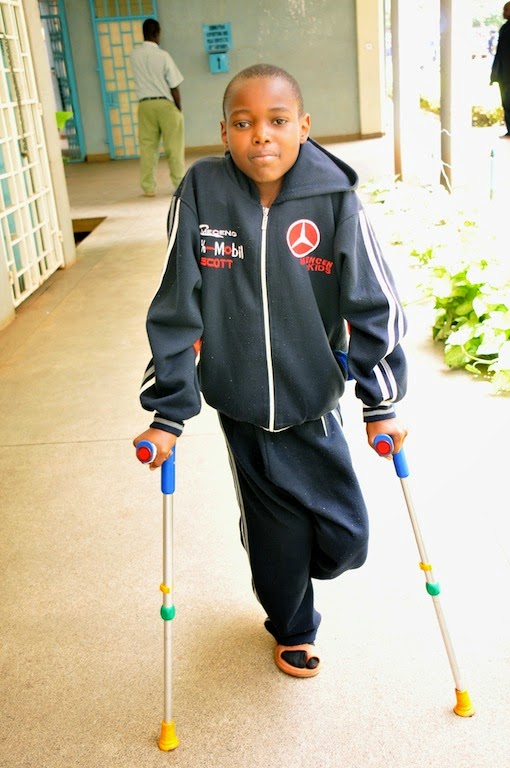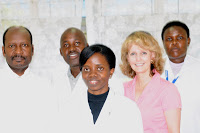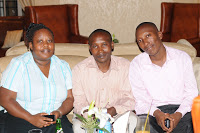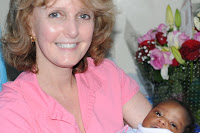Speak Out, Create Change!
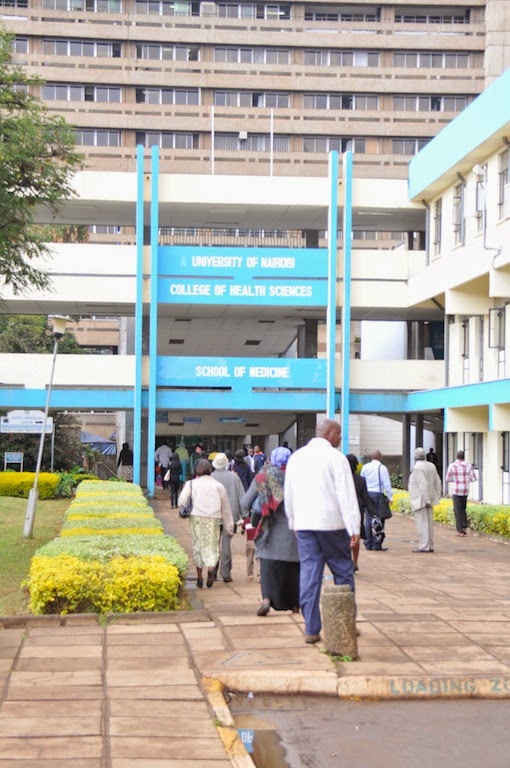
about time.
with hemophilia.
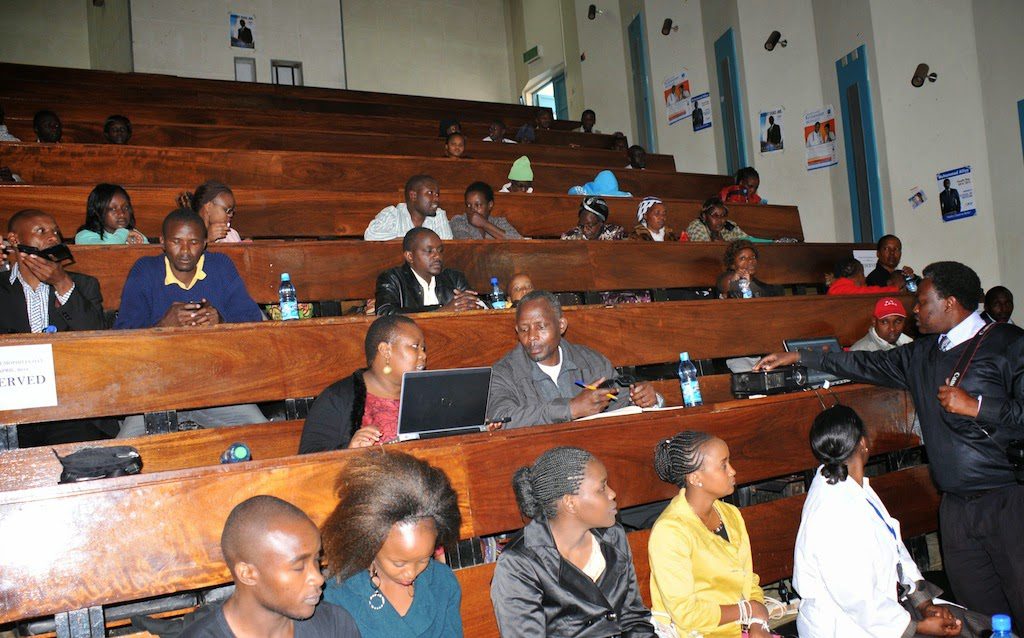 The day was organized by the eloquent Dr. Kibet Shikuku, a hematologist at the Kenyatta National Hospital in Nairobi, and James Kago, a young man with hemophilia. Dr. Kibet welcomed about 70 family members—parents and children with hemophilia or von Willebrand disease. The day provided an overview of hemophilia for the press members present, the needs of
The day was organized by the eloquent Dr. Kibet Shikuku, a hematologist at the Kenyatta National Hospital in Nairobi, and James Kago, a young man with hemophilia. Dr. Kibet welcomed about 70 family members—parents and children with hemophilia or von Willebrand disease. The day provided an overview of hemophilia for the press members present, the needs ofKenya, and words of wisdom for moving forward from this day.
“My prayer today,” Dr. Kibet invoked, “is that we walk forward as a group, so we can advance the issues that affect us. We are one body with different endowed parts. We want to be worthy partners for better hemophilia care in Kenya.”
Other take aways from Dr. Kibet: “We Kenyans we have every right to be provided for by things that affect us with hemophilia. We must take charge of our own destiny. Togetherness will make us strong. Speak with one voice! We must lobby the government to support testing and availability of factor. Time to speak out and speak up about hemophilia: our community, our accomplishments, our needs.
Speak Out, Create Change was the slogan for World Hemophilia Day, the April 17 event that commemorates the birthday of World Federation of Hemophilia founder Frank Schnabel, an American who envisioned our global community working together to improve care.
Kibet thanked the WFH and Project SHARE for their support of donated factor. He also
thanked donors in US, especially those who support Eldoret project, like the
Indiana hemophilia treatment center and Novo Nordisk Haemophilia Foundation.
who was in bed for four days with a severe bleed. The JMHS provided him with a donation
of factor.
regularly, then it can offer home therapy.
This is a huge point. Kenya is large, and roads can be difficult. Most patients
living in rural villages have no way to get to the treatment center in Nairobi,
the capital, or can afford transportation. I know first-hand as I have
traversed these roads quite a few times. Imagine taking a public bus, crowded,
hot, hours long, with a painful psoas bleed or worse.
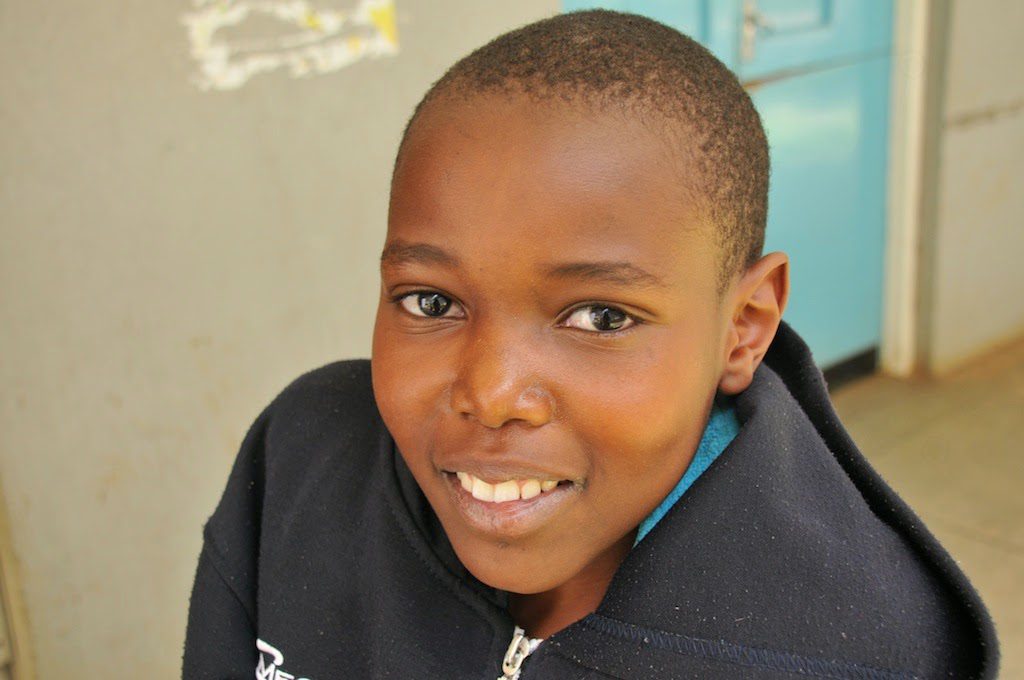 |
The audience really responded to this idea and asked about home therapy… hoping that someday, someday speaking out… will create change.
